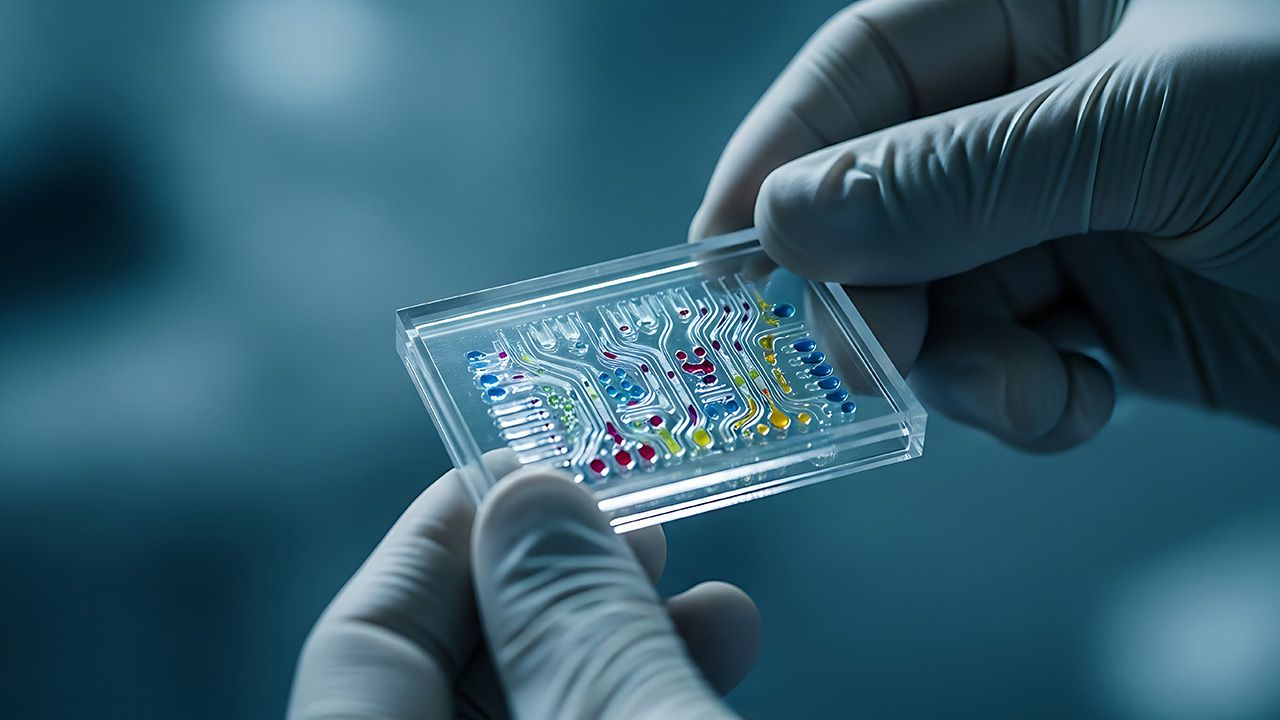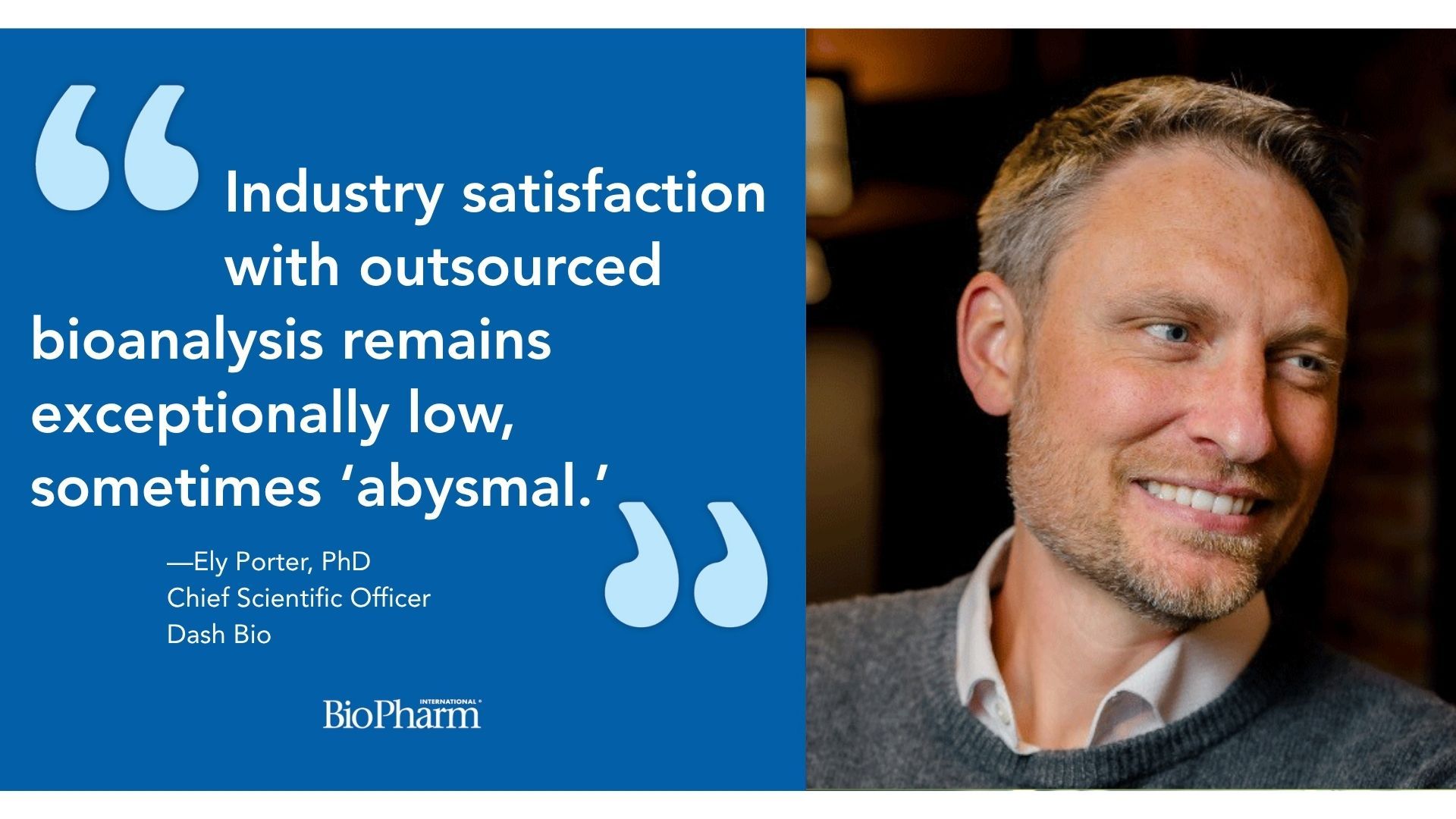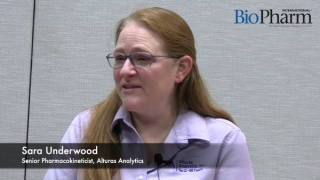
Biopharmaceutical Analysis
Latest News
Latest Videos

More News

Enzyme engineering holds promise, but Marina Cañellas of Zymvol Biomodeling says the enzymes themselves need to be improved through increased discovery and investigation to be able to achieve a greater amount of chemical reactions.
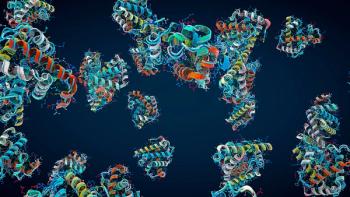
Fluorescence spectroscopy with A-TEEM offers rapid, precise monitoring of cell culture media variability for improved biopharmaceutical quality control.
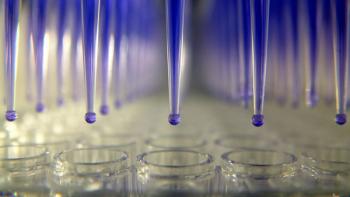
Naobios and Olon France create custom HCP ELISA to advance vaccine trials and strengthen global biopharmaceutical manufacturing capacity.

Formulation and analytics are combining to advance drug development synergistically, with evolving tools and related strategies shaping quality, scalability, and innovation.

Advances in digital technologies offer effective data handling for bio/pharma manufacturing.

The scaled adoption of cell and gene therapies demands a new era of agile, precise, and efficient quality control methods. Manufacturers and diagnostic partners must collaborate to create innovative, compliant testing strategies that preserve product integrity, meet tight timelines, and deliver life-saving treatments faster.

Data integrity and quality are paramount for drug discovery, manufacturing efficiency, regulatory compliance, and patient safety.
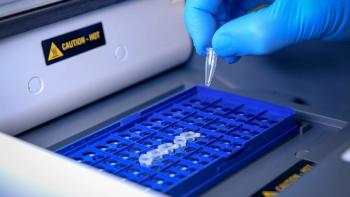
The growing cell and gene therapy (CGT) market is driving demand for innovative, robust diagnostics to meet scaling, regulatory, and quality needs.
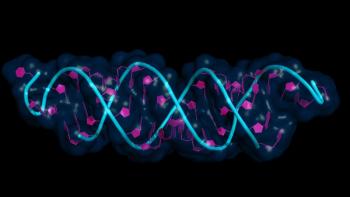
The agreement expands researcher access to backbone modifications that boost stability and delivery of RNA therapeutics across diverse applications.

The acquisitions include three testing laboratories that enhance Normec’s ability to serve key highly regulated sectors in the TICC industry.

At AAIC 2025, Roche presented new data from its Alzheimer’s disease research efforts across its diagnostics and pharmaceutical portfolios.

Mechanistic toxicity hypothesis is essential in guiding decision-making and predicting toxicities during the preclinical stages of drug development. The authors highlight the growing importance of integrating advanced technologies like mass spectrometry imaging into toxicology to enhance preclinical translation, foster innovation in therapeutic development, and ultimately improve drug safety and efficacy.

Advanced modeling provides greater understanding for more-informed decision making across all phases of drug development.
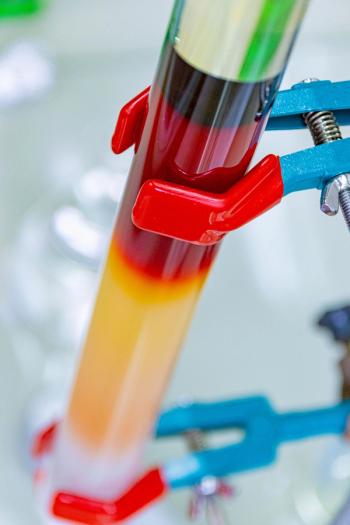
Optimizing Downstream Processes for Biotherapeutic Development with Prepacked Chromatography Columns
As development of novel drugs accelerates, enhanced downstream production processes maintain product efficacy, safety, and quality.
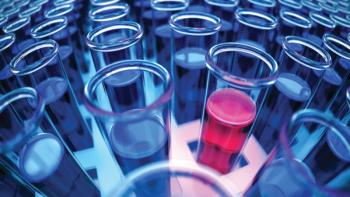
Quality, stability, sustainability, and the increased and thoughtful integration of artificial intelligence are foremost in the minds of those on the leading edge of testing trends.

This article provides an overview and introduction to the use of analytics in biopharmaceutical development and manufacturing.

The investment will be done over five years and will include new, state-of-the-art R&D facilities as well as new or expanded manufacturing sites in multiple US states.
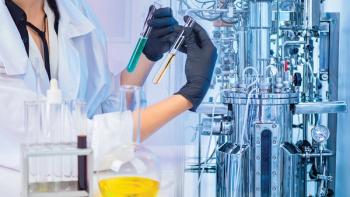
This paper outlines a systematic approach to detecting contamination through process deviations, including changes in % dissolved oxygen, pH, and metabolic patterns.

The shift toward personalized medicines poses new challenges in cleanroom protocols.

With up to 88 channels, the CytoFLEX mosaic Spectral Detection Module offers enhanced detection.

The authors examine the risks of extractables and leachables and present solutions that emphasize the importance of a strategic multi-prong approach.

Developers save money and time while accessing expertise.

Under this collaboration, GSK and Oxford will combine their complementary expertise in the immune system, vaccines, and cancer biology.

UK Biocentre and Azenta Life Sciences Partner on Sample Storage Capabilities for Biomedical Research
UK Biocentre will now utilize Azenta Life Sciences’ automated storage system, which gives the center storage capacity for more than 35 million biosamples.

With the launch of its cobas mass spectrometry solution, Roche brings fully automated mass spec analysis to the clinical lab.

